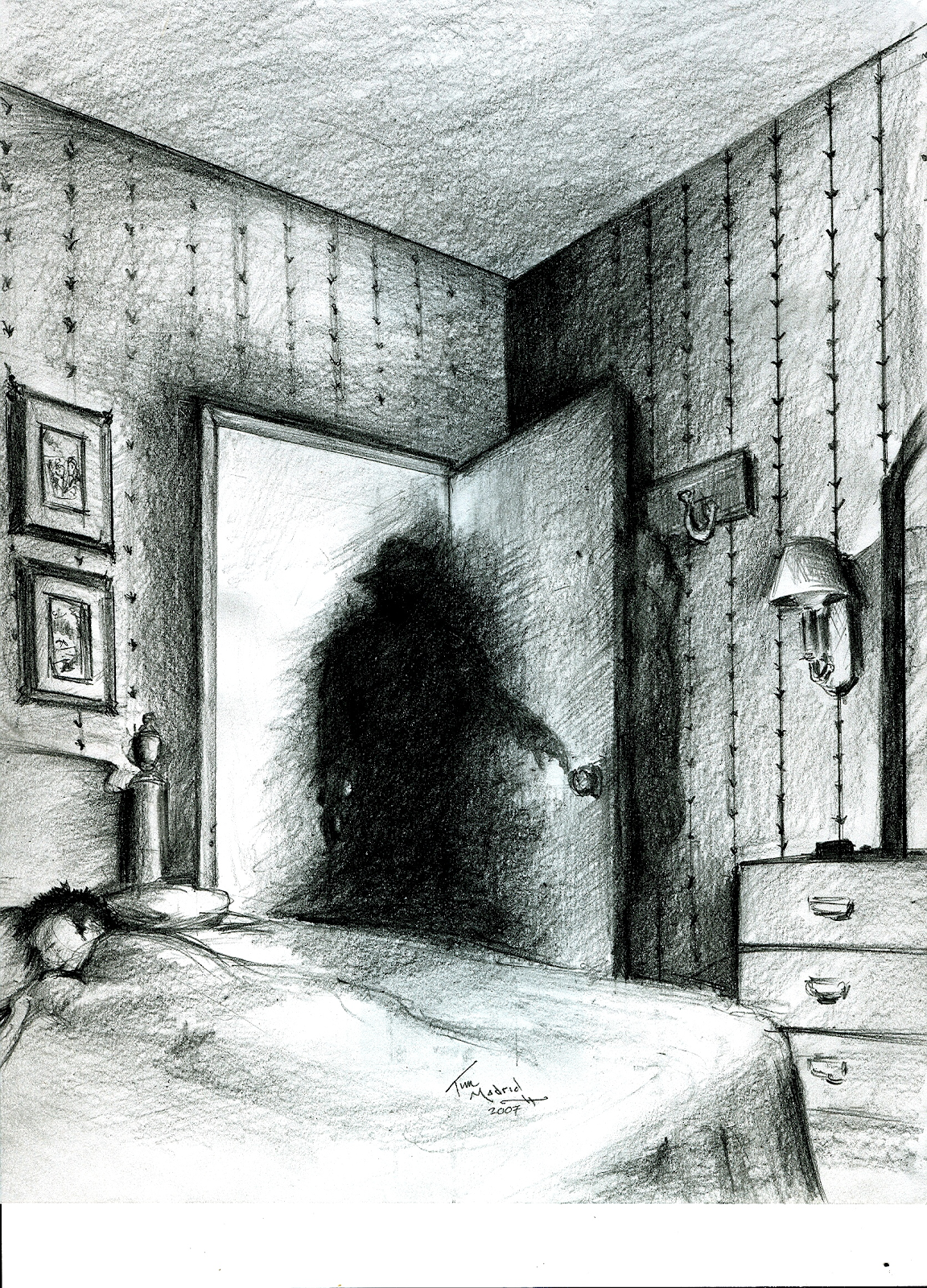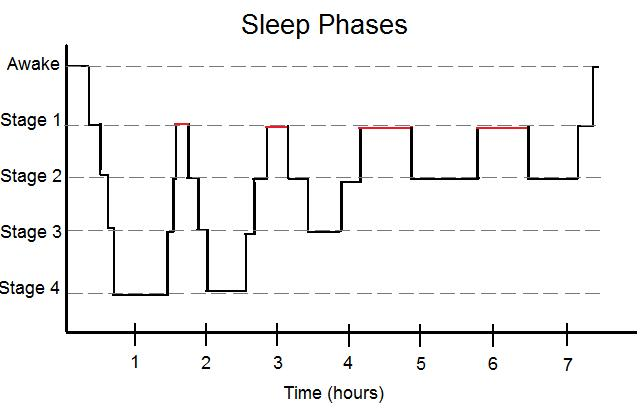By Rachel Cherney
Have you ever woken up to see a shadow in your room, perhaps whispering your name? You do all you can to hide, but you can’t move – you’re paralyzed, and your breathing is so loud, the shadow is sure to find you. You try to scream, but you can’t. You’re completely frozen, only capable of waiting for the shadow to get you. This night terror is an all too common phenomenon, known as sleep paralysis.
The first medical description of sleep paralysis was documented by a Dutch physician in 1664 and is common across cultures. Sleep paralysis is experienced during the rapid eye movement (REM) phase of the sleep cycle and occurs as someone is falling asleep or waking up. During our sleep cycle, we enter five different stages, stages 1-4 and REM, which can be determined by looking at brain activity.
In stages 1 and 2 of the sleep cycle, you are in “light sleep”, as your body begins to slow down in preparation for sleep.
When your body enters stages 3 and 4, deep sleep is beginning, and you are less responsive to what is going on around you. These deep sleep stages are where your body repairs itself and re-energizes for the next day.
Dreaming occurs in the REM stage of the sleep cycle. During this stage, your brain is much more “awake” – meaning the brain waves during REM look similar to those in someone who is awake. To prevent harm and physically acting out your dreams, individuals experience a brief paralysis (postural atonia) during REM sleep. Due to this brief REM-induced paralysis, it can seem as though you no longer control your ability to move or speak and waking up before a completed REM sleep cycle can cause you to hallucinate or hyperventilate. Together, these sensations are termed sleep paralysis.
Sleep paralysis is estimated to affect about 40% the general population, but there are higher rates in students, from high school to graduate school, and psychiatric patients. This is possibly due to a few factors that correlate with its occurrence such as stress, belief in the supernatural, and lack of sleep. Those that have experienced sleep paralysis have reported various hallucinations, including intruder hallucinations, sensing or hallucinating an intruder or an evil presence, incubus hallucinations, feeling pressure on the chest or suffocation, and finally out of body experiences. During these episodes, people tend to feel paralyzed, unable to speak, helpless, and overtaken by immense fear. Unfortunately, there is currently no cure for sleep paralysis, since we still do not know all of the factors, genetic and environmental, that may play a role. The most important information to remember, is if you experience an episode of sleep paralysis, to understand what it is.
Sleep paralysis can be an unsettling and horrifying experience. Luckily, most people who experience sleep paralysis have isolated episodes – meaning the episodes only happen once in a while, rather than recurring every night. While the episode may have you living your worst nightmare, once you wake up, the nightmare is over, because after all, it is only a dream.
Edited by Rachel Battaglia and Emma Goldberg


